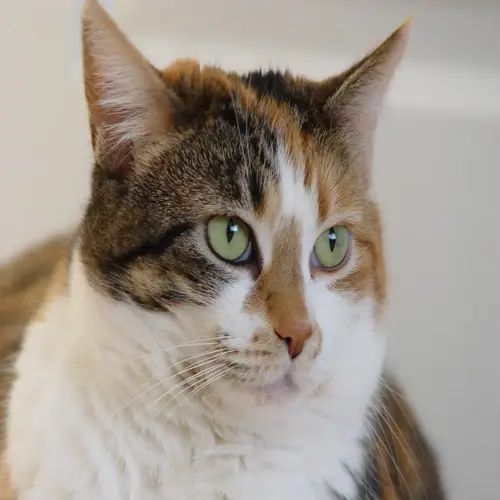What are safe ways to create cat vertical space?

Written by
David Smith
Reviewed by
Prof. David Walsh, Ph.D.Safe construction of vertical space for cats begins with the use of some natural material. For the posts, use untreated wood such as maple or birch, which is scratch-resistant and does not splinter. Avoid any paint or varnish that might be toxic if the cat chews on the surfaces. Sturdy materials such as canvas with a tight weave should be used instead of those made of loose fabrics, which might catch a cat's claws.
Ensure proper installation to prevent accidents. All shelves that are mounted on the walls should be securely fastened to the stud using steel brackets. Use toggle bolts rated for at least twice the weight of your cat for installation through drywall. Before use, test each perch and shelf with sandbags. Observe recommended weight limits assiduously for the safety of your cat.
Preserve critical clearance zones around vertical structures; maintain 36 inches between perches and heat sources such as radiators; maintain 24 inches clearance from electronic devices and dangling cords; maintain 18 inches below ceiling fans. Align pathways away from heavy doors that may trap paws.
Structural Integrity
- Test weight capacity with 1.5x load sandbags
- Inspect brackets monthly for tightness
- Reinforce joints annually
Surface Safety
- Apply non-slip carpet or sisal to all perches
- Sand sharp wood edges smooth
- Use non-toxic adhesives only
Fall Prevention
- Install 3-inch safety rails on high platforms
- Position escape ramps within jumping distance
- Add intermediate steps for tall jumps
Create getaway routes and eliminate cornering possibilities. Every elevated platform should have at least two entrances. Connect high perches with ramps or low shelving. Do not create a dead-end design. Use partial walls so timid cats can use visual barriers to avoid confrontation.
Routine upkeep extends the safe life span of vertical spaces. Tighten all brackets monthly. Replace worn traction surfaces every six months. Check for splintered wood edges after heavy use. Upgrade hardware when affixing heavier felines. These steps prevent accidents before they happen.
Read the full article: Cat Vertical Space Solutions for Happy Felines

